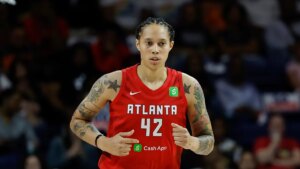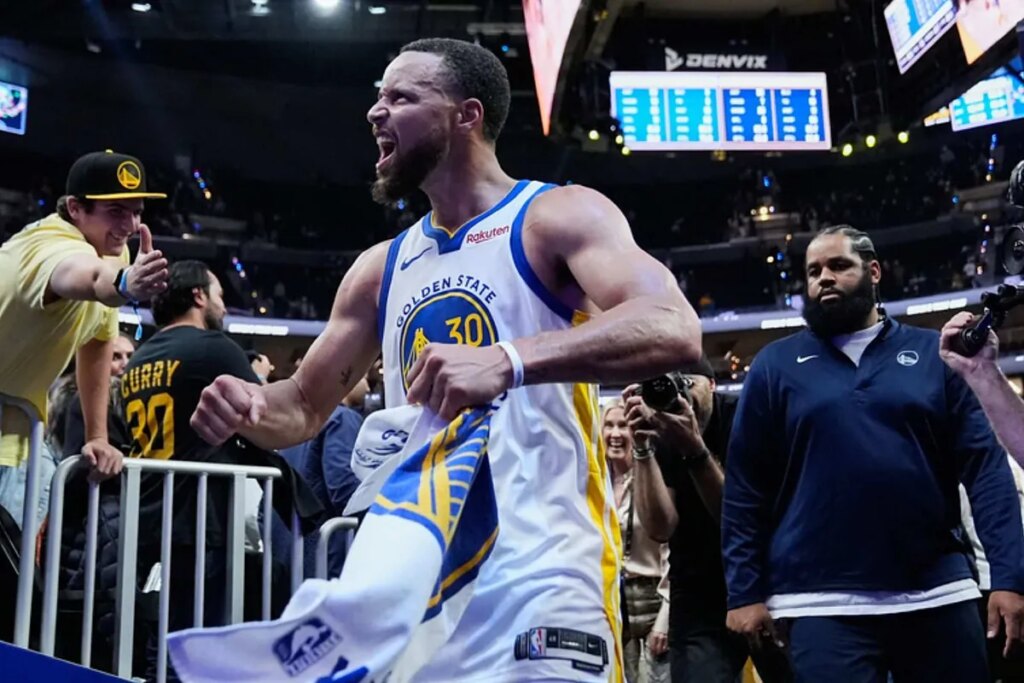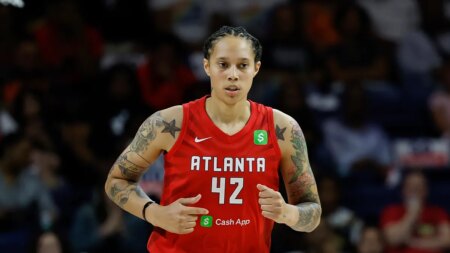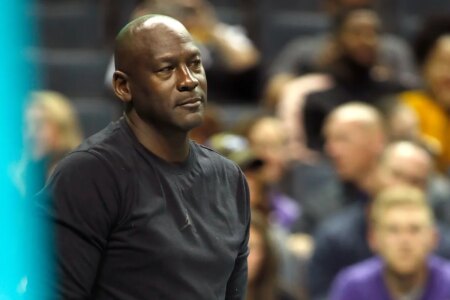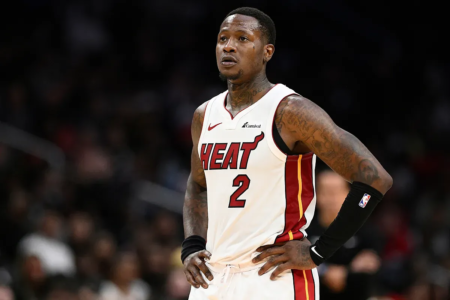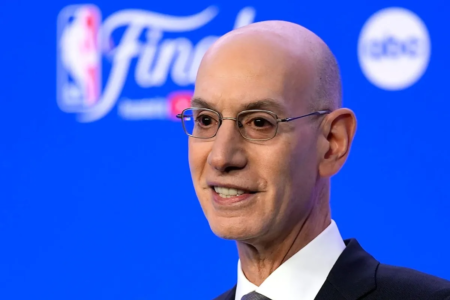The Golden State Warriors have never been strangers to rewriting the rules of basketball – but this time, the challenge isn’t about innovation. It’s about survival at the highest level.
At an average age of 27.53, the Warriors enter the 2025-26 season as the second-oldest team in the NBA, trailing only the Los Angeles Clippers. In a league defined by tempo, athleticism, and youth, that’s not exactly a stat that screams “title favorite.”
Once the standard-bearers of pace and space, Golden State‘s dynasty is now running on experience – and a lot of miles. Steph Curry (37), Jimmy Butler (36), and Draymond Green (35) form the team’s aging core, a trio whose championship instincts remain elite but whose bodies have absorbed more playoff minutes than nearly anyone else in the league.
And if that wasn’t enough gray in the mix, the front office doubled down on veteran wisdom by adding 39-year-old Al Horford shortly before training camp. That move gave the Warriors a core four born before the Clinton administration – in a season where the defending champion Oklahoma City Thunder boast one of the youngest, fastest, and most explosive rosters in the league.
The game has changed – and fast
The NBA‘s modern pace leaves little room for hesitation. Teams like OKC,Orlando Magic, and the Minnesota Timberwolves are built to sprint through 48 minutes with relentless transition play and switch-heavy defense. The Warriors, by contrast, are trying to navigate that world with a roster better equipped for a chess match than a track meet.
Golden State can still win on guile and discipline – as they proved in their season-opening win over the Los Angeles Lakers. Curry covered more ground than most players a decade younger, still darting around screens and firing threes like it’s 2016. Butler, meanwhile, played maestro, controlling the tempo and baiting defenders into fouls en route to 31 points and 16-for-16 from the line.
Their veteran savvy remains unmatched. But the question isn’t whether they can still win on any given night – it’s whether they can sustain that pace from October to June.
The Butler effect
Since joining the Warriors last February, Butler has been the emotional and tactical stabilizer the franchise desperately needed. Golden State went 22-5 down the stretch with him in the lineup, and his presence has added a new layer of confidence in the locker room.
Butler‘s style – grinding possessions, drawing fouls, and controlling tempo – offers a contrast to the Warriors‘ high-energy rhythm. It’s a balance that can confound younger teams, but it also underscores the tightrope Golden State is walking: lean too far into half-court basketball, and they risk losing their identity; push the tempo too much, and the veterans could burn out.
Golden State‘s brain trust is betting on one last run. The chemistry between Curry, Butler, and Green is real, and Kerr’s system still creates open looks better than almost anyone else’s. But the Western Conference is deeper and faster than ever. With the Thunder, Pelicans, and Kings racing up the standings behind their youthful cores, the Warriors’ experience might not be enough to keep pace through an 82-game grind.
Age brings wisdom – but it also brings risk. For the Warriors, that risk is mounting. The dynasty that once revolutionized basketball now faces a different kind of test: whether the old guard can still survive in a young man’s game. If anyone can defy time, it’s Steph Curry. But for the first time in a decade, Golden State’s biggest opponent might not be a rival – it might be the clock.
Read the full article here



